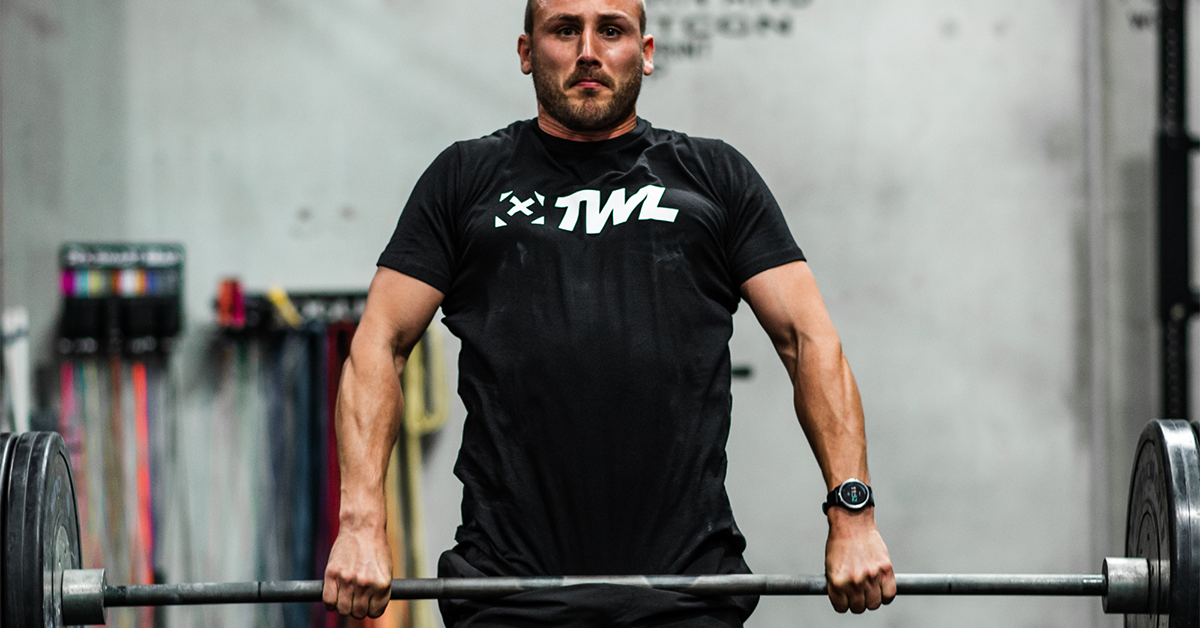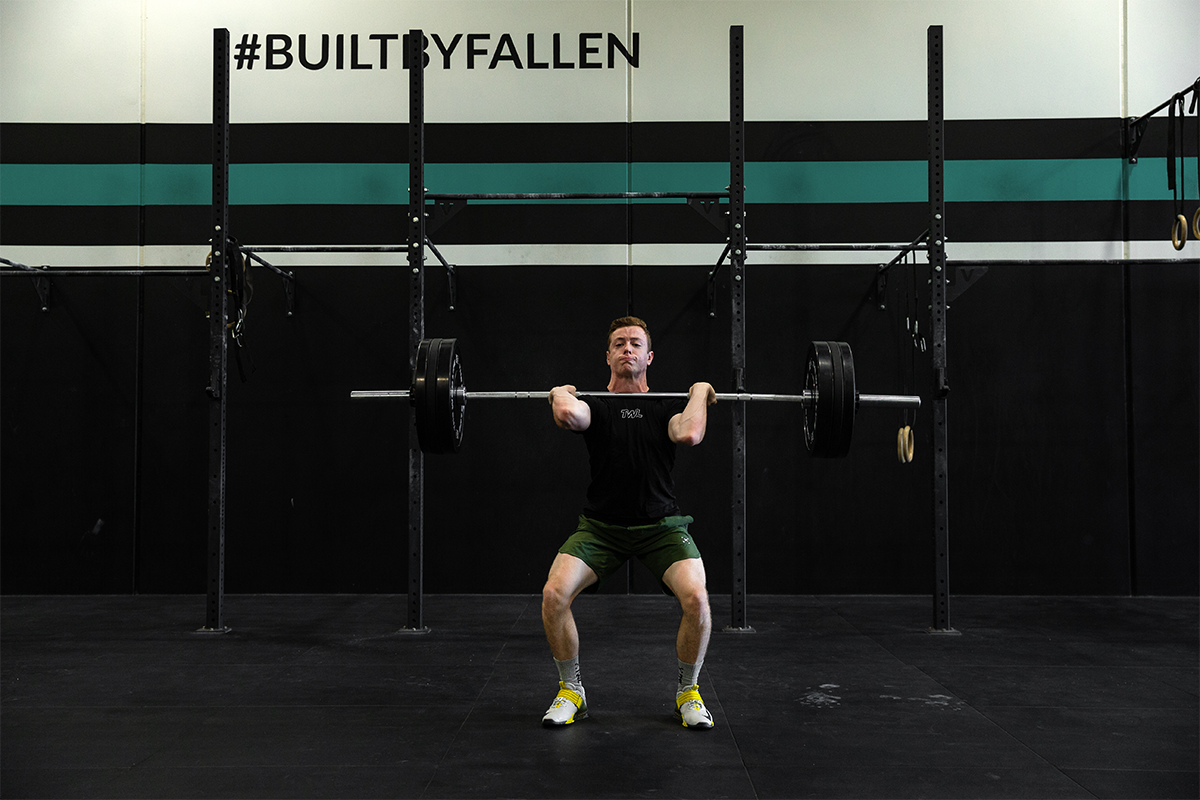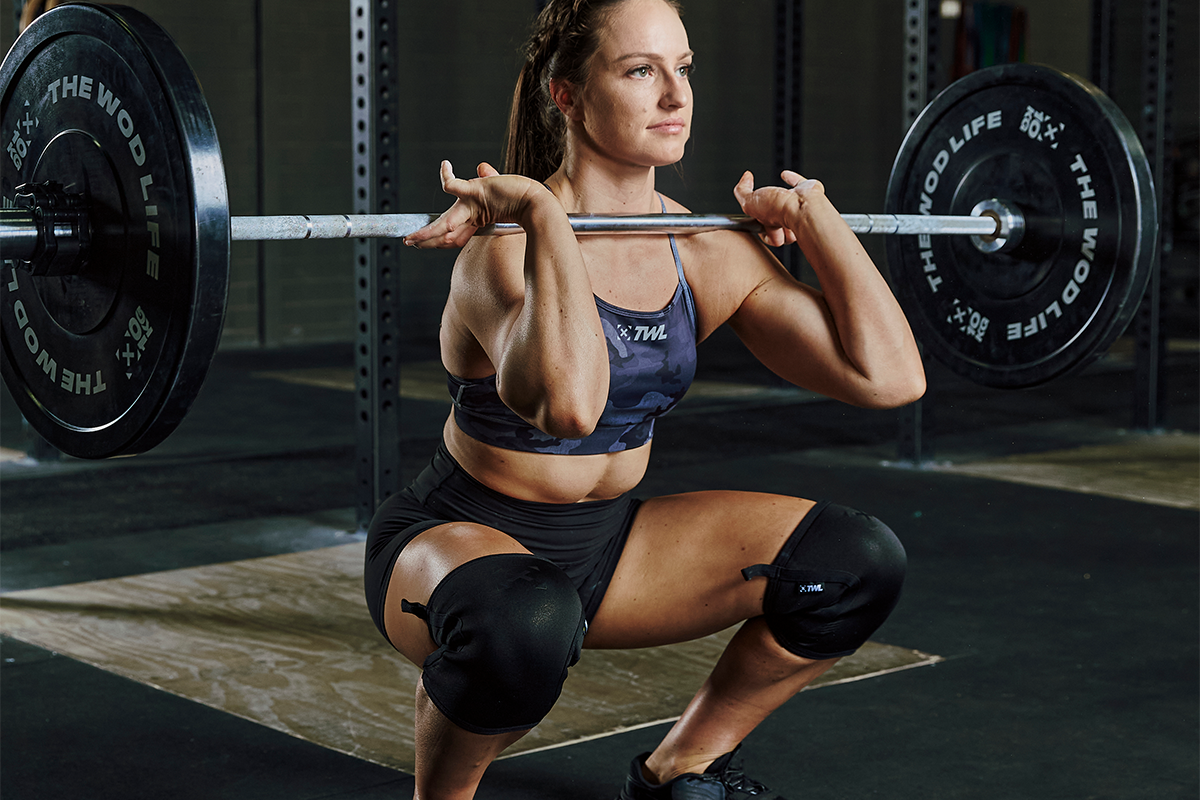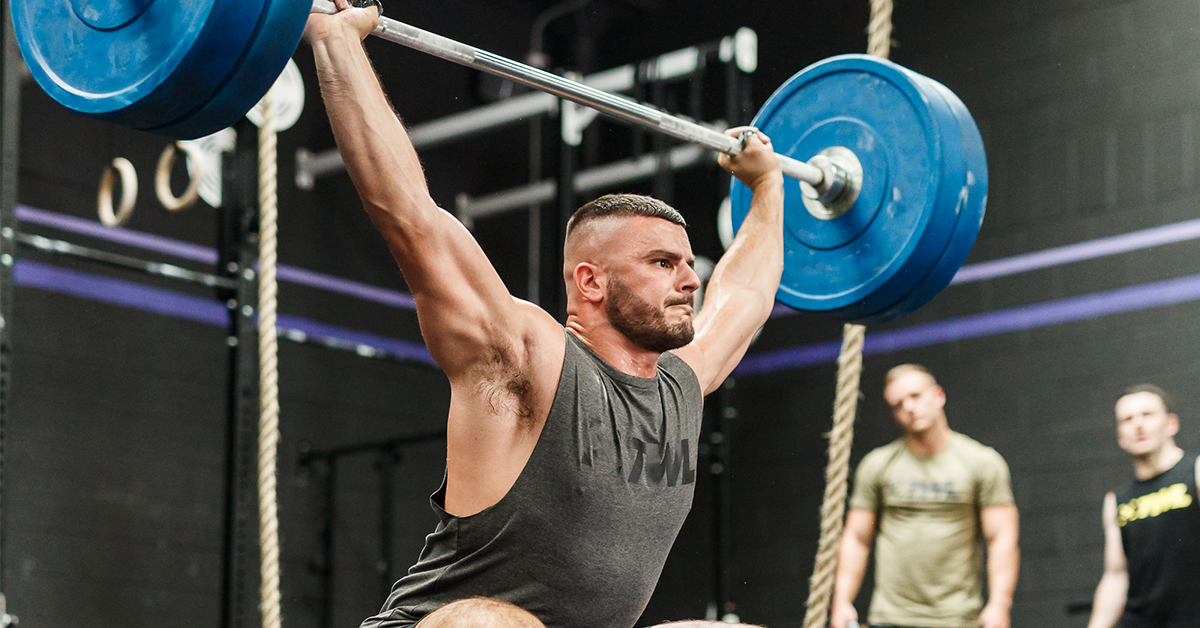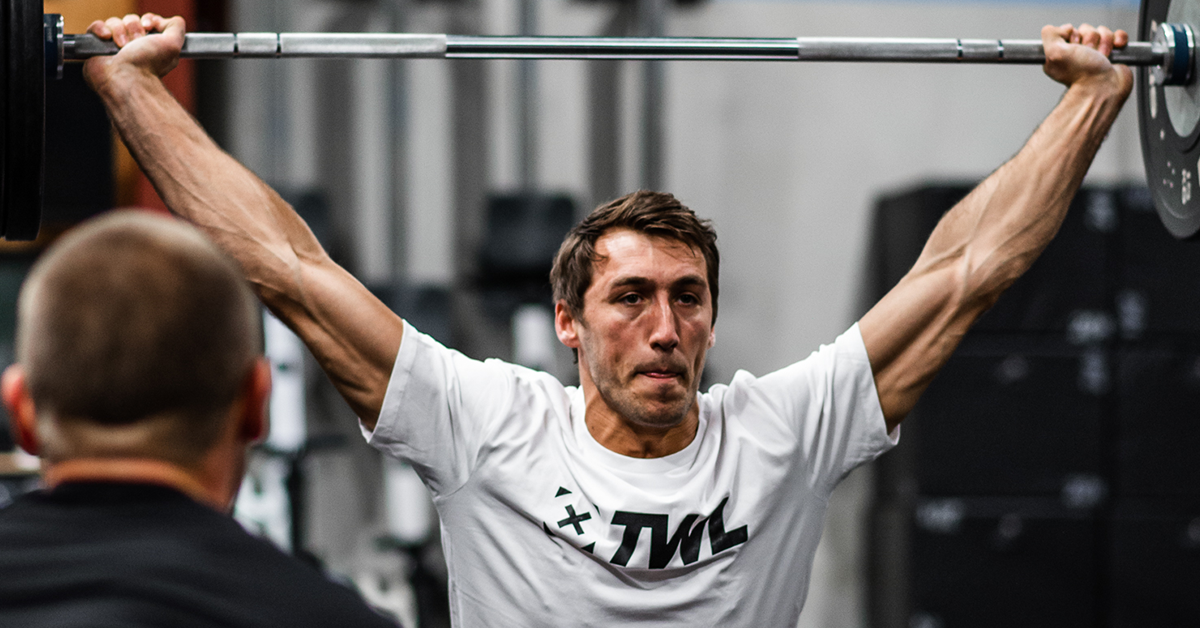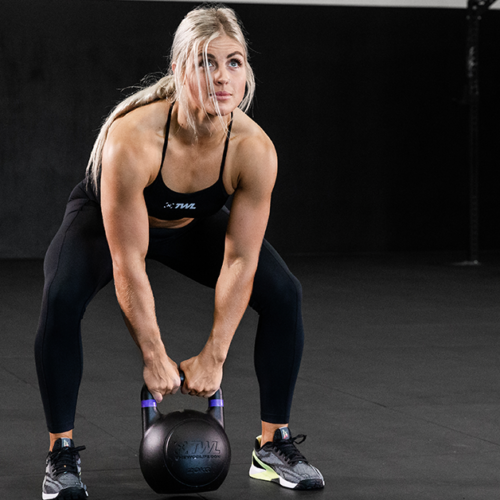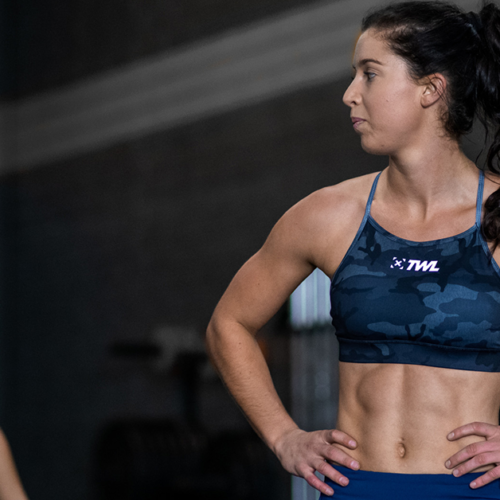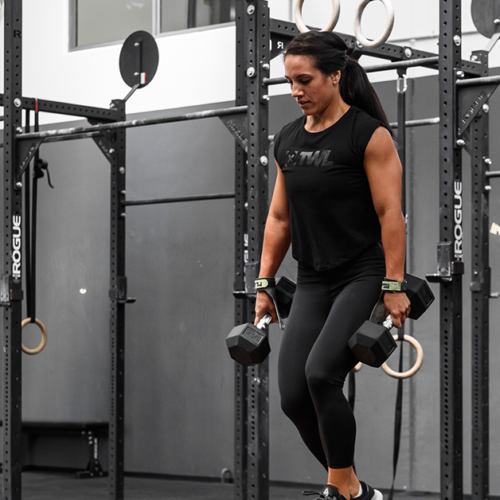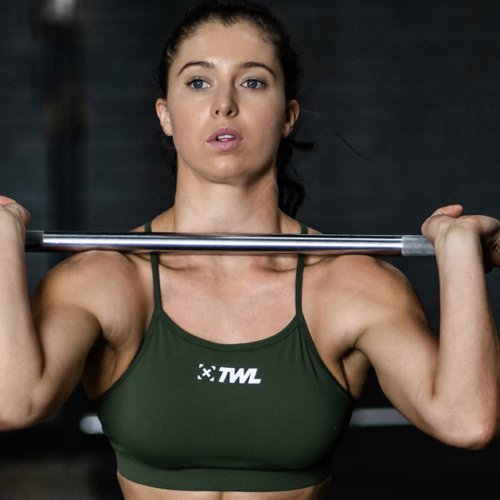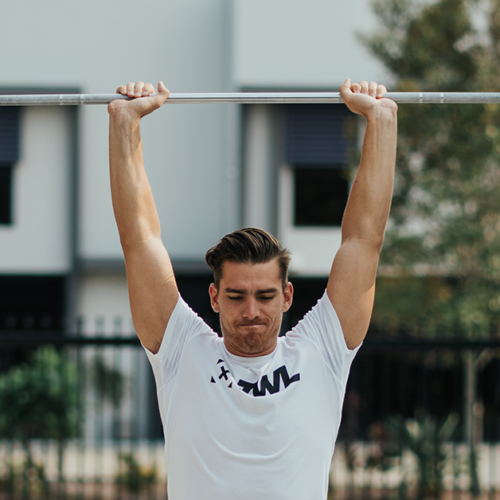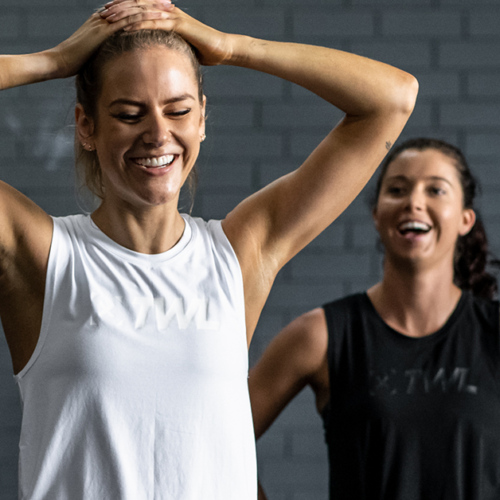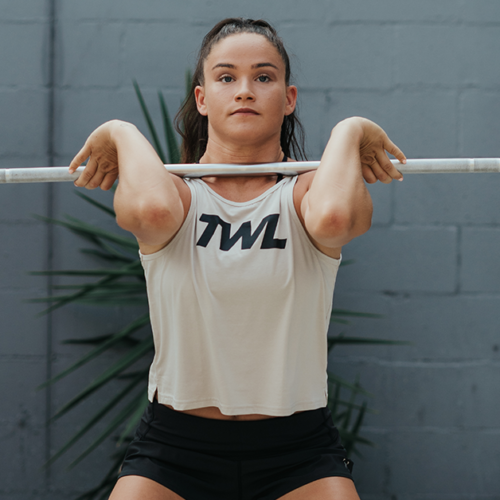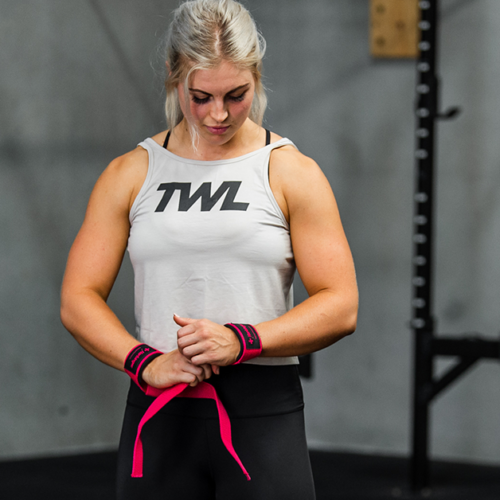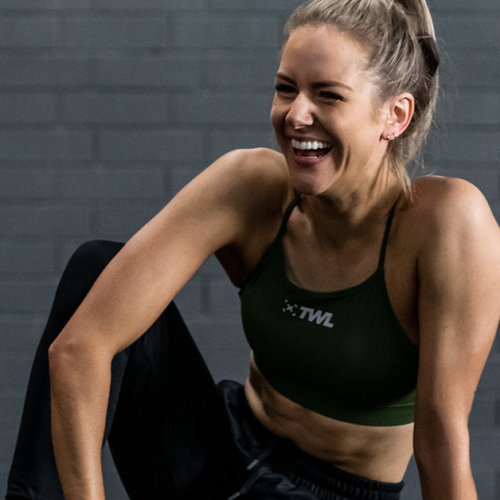Whether you’re a weightlifter, functional fitness athlete, powerlifter, body builder, or something else entirely, heavy pulls are extremely beneficial and something you should be adding into your training program. These benefits span across multiple disciplines, as well — not just Olympic weightlifting.
Let’s break down in a little more detail why exactly you should care about doing heavy pulls.
https://www.instagram.com/p/B0mcZYinc2M/
3 Reasons Why Heavy Pulls Are So Important
1. Heavy Pulls Help You Master Technique
Of course, heavy pulls are going to be extra beneficial to weightlifters and functional fitness athletes, because they force you to break down the Olympic lifts — the snatch and clean — to make sure you’re doing a number of things technically correct that will help you to hit a successful lift.
Heavy pulls teach you to maintain the correct bar path, even with heavy loads. They force you to focus on hitting the three positions – floor, hang, power – as well as hitting full extension rather than pulling early. The majority of power that is developed in both the clean and the snatch happens during the movement from just above the knee until the bar reaches sternum height (the second and third pull).
This is the exact movement you’re doing when drilling heavy pulls, so there’s no doubt that they’re beneficial for both your lift technique and the amount of weight you’re able to move.
https://www.instagram.com/p/ByYZWLHHyVP/
So many athletes will miss a lift not because they’re not strong enough, but because they set themselves up for failure with a flawed pull. The pull is more important than many athletes think. If the bar gets away from you or moves through any of the three points at the wrong speed, you might find yourself in trouble.
Practice heavy pulls to improve snatch and clean technique.
2. They Improve Strength
What’s really cool about performing heavy pulls is that you can actually load a weight that’s heavier than your best lift. For instance, if your snatch max is 70 kg, you can rehearse pulls at 75 kg, 80 kg, and up. This is why heavy pulls are able to get you stronger. You’re not limited to your one-rep max.
If you’ve got that 70-kg snatch match, and you’re practicing pulls at 80 kg, when you go for a snatch PR at 72 kg, it’s going to feel like a walk in the park.
Make no mistake about it. The pull isn’t just about flinging the bar high enough to get under it, or muscling it up using your arms, like some athletes believe. It takes immense strength in your core, shoulders, glutes — basically your entire body from head to toe — to properly execute a pull and set yourself up for a successful lift.
https://www.instagram.com/p/B22oUROHTgm/
While your pulls will indeed get stronger when practicing the full lifts, you’ll likely find you need additional help here. That’s where extra pulling practice comes in, without worrying about getting under the bar and standing up with it again.
And to be clear: You don’t need to be an Olympic weightlifter or functional fitness athletes to enjoy the benefit of better strength. This will translate across any fitness activity — as will our third point.
3. Heavy Pulls Make You More Powerful
Better technique and strength are great. Power is important, too. Often, you can’t successfully accomplish an exercise without power. The Olympic lifts certainly are not just about strength. Power and explosiveness are an absolute must. A slow lifter can’t move nearly as much weight as a fast lifter.
But this translates across countless exercises. Think of things like burpees, box jumps, running, sprinting, wall ball tosses, and rowing. All of these involve some element of power. Without out, you’re at a disadvantage.
https://www.instagram.com/p/B2i5cVdHexk/
This is the third benefit of heavy pulls: They’ll improve your power. Again, regardless of your sport, this is something that will work in your favor.
One final note on heavy pulls…
How Do You Pick Weights and Rep Schemes?
As is the case with most exercises, the weight you use and your rep scheme will depend on your goals.
For instance, if you’re working on technique, you need a moderate (or even light) weight that you can move for higher reps. This is pure muscle memory. You need to perfect the pull and do it over and over again. Moving a heavy weight isn’t the goal. Rehearsing the movement pattern is.
https://www.instagram.com/p/B15sykoHdpM/
However, if you’re trying to build a stronger pull, then of course, you’re going to need to go with more challenging weights, and you’ll likely want to reduce the volume, too.
Bear in mind that there are pull variations, as well. You can pull from the knee or from blocks. You can do pulls without a hook grip to make your hands stronger. You can slow down the pull or just practice the negative. Get creative and mix it up. Variety is the spice of life.
When performing heavy pulls, we’ll often use tape to protect our thumbs, since they experience a lot of wear and tear. We also commonly wear wrist wraps for this exercise. Check out our large selection of wrist wraps at The WOD Life.

